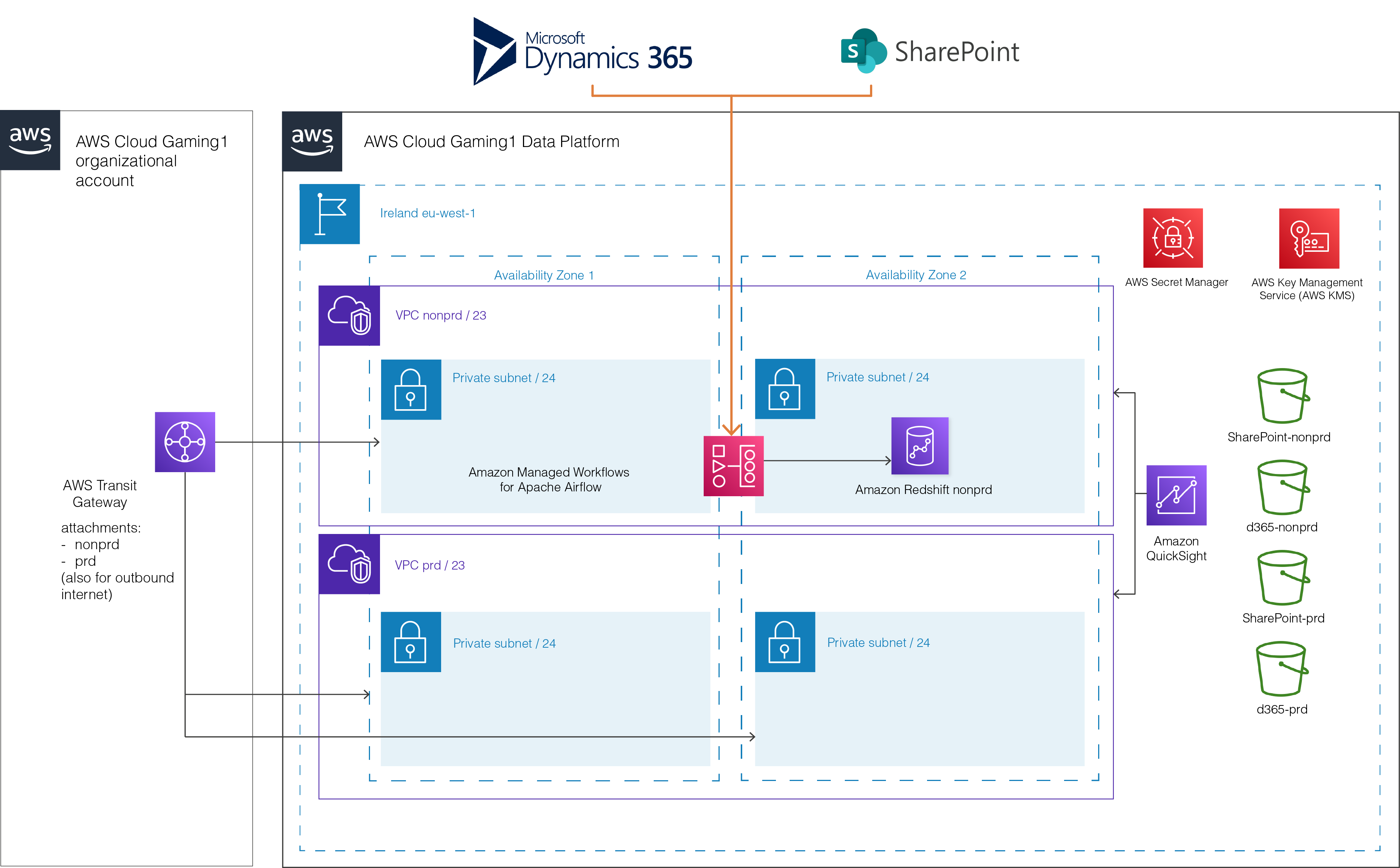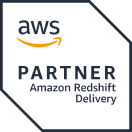Success stories
GAMING1 – Becoming ready for a data-centric future

October 20, 2021
Who is Gaming1 ?
Gaming1 is the leading Belgian company for both land-based and online games of chance (casino games, sports betting and poker). With over 1,300 employees, including 450 at the headquarters in Liège, they generated a turnover of €275 million in 2020 alone, The company strives to become a worldwide reference in the regulated online gaming market by doubling its activity every 5 years.
Gaming1’s mission is to offer the best possible gaming experience, geared to regulated markets, while favoring responsible behavior. They do this by leveraging their own technology and relying on a strong local physical or affiliate network to provide competitive advantages and develop both nationally and internationally.
What was the challenge that Gaming1 approached Lucy with?
Gaming1 has developed its own technology, which it uses to allow land-based operators on international regulated markets to transition to online and collectively offer an omnichannel experience.
This evolving casino and sports betting platform, which Gaming1 makes available to its partners, offers a personalized experience with a whole range of services inherent to online activity. Today, this platform is used by no less than 10 Belgian partners and 10 international partners, making up 20 online gaming sites.
This technology offers a large range of casino and sports betting solutions developed for players. Casino operators notably benefit from an interface that can be totally personalized in terms of expectations and the legislation in force, varied secure payment solutions, a customer relations management service, tournaments and an instant notification system. Not forgetting the more than 1,200 games available.
The Gaming1 platform is also, above all, developed to ensure responsible gaming. For this purpose, Gaming1 has especially developed a system that detects risky behavior and allows quick and proactive action to be taken. Players also have the possibility, thanks to various features, to test and be aware of their relationship with gaming, set themselves limits and exclude themselves.
In concrete terms, this means that the Gaming1 platform generates a large amount of socio-demographic, financial, lifestyle and legal data from several sources. Moreover, the categories of data vary according to the needs and obligations of each country.
In addition to this, there is the data collected through the daily operations of the company. Gaming1 generates a multitude of data through, among other things, its ERP system, but also a whole range of data specific to all companies such as HR data, partner and supplier data.
The company having grown rapidly over the last years, Gaming1 is facing performance challenges and increased costs with their current on premises Business Intelligence environment and can hardly use this data to drive innovation and support new use cases.
The challenge they are facing to become more data-centric is complex. They wish to:
- Collect and reconcile data from game sites (multiple TB’s)
- Integrate with contextual data (Google Analytics, D365, offline game rooms, etc)
- Improve Business Intelligence capabilities (self-service, reporting, data visualization)
- Trigger new data science use cases (AI, ML, advanced analytics)
- Improve data management (historization, managing multiple operational data models upstream, allowing additional business requests and data sources on a regular basis)
- Enforce data security and encryption at scale (at rest, in transit and in use)
- Establish a modern and scalable data platform capable of accommodating future needs and supporting business growth
Gaming1 has thus decided to benefit from the added value provided by Cloud technologies and has defined its own Cloud strategy based on AWS services.
To achieve the first Data Analytics on Cloud achievements, Gaming1 chose to be accompanied by Lucy’s advice to demonstrate the power of the cloud in this area by accelerating the implementation of a first use case, end-to-end, paving the way for a future enterprise data platform.
Our solution: paving the way for a data-centric approach.
It was decided to create a Minimum Viable Product (MVP), to help Gaming1 on a particular business case: rebuild the financial reporting environment and P&L dashboards (previously built on SAP BO).
Data is moved from on-premises servers to Amazon S3, through AWS Glue and Lambda functions. Data is then imported to Redshift and modelled in a star schema (Kimball approach), on which Amazon QuickSight is connected. Different layers of reports have then been designed in QuickSight, reproducing the existing client’s reports.
We have built a dynamic, configuration-based, pipeline, that allows Gaming1 to pull data from any of their D 365 sources as well as any of the sharepoint lists they have.
The infrastructure has been deployed using Terraform, allowing gaming1 to replicate the setup.
Architecture Schema

The results for Gaming1
Thanks to this MVP, Gaming1 was able to have a concrete demonstrator of cloud performance. The coordination between the Lucy and Gaming1 teams enabled rapid implementation, respecting the best cloud practices defined with a controlled cost.
Lucy was able to replicate the final deliverable, a set of existing business-relevant reports, in a couple of weeks.






